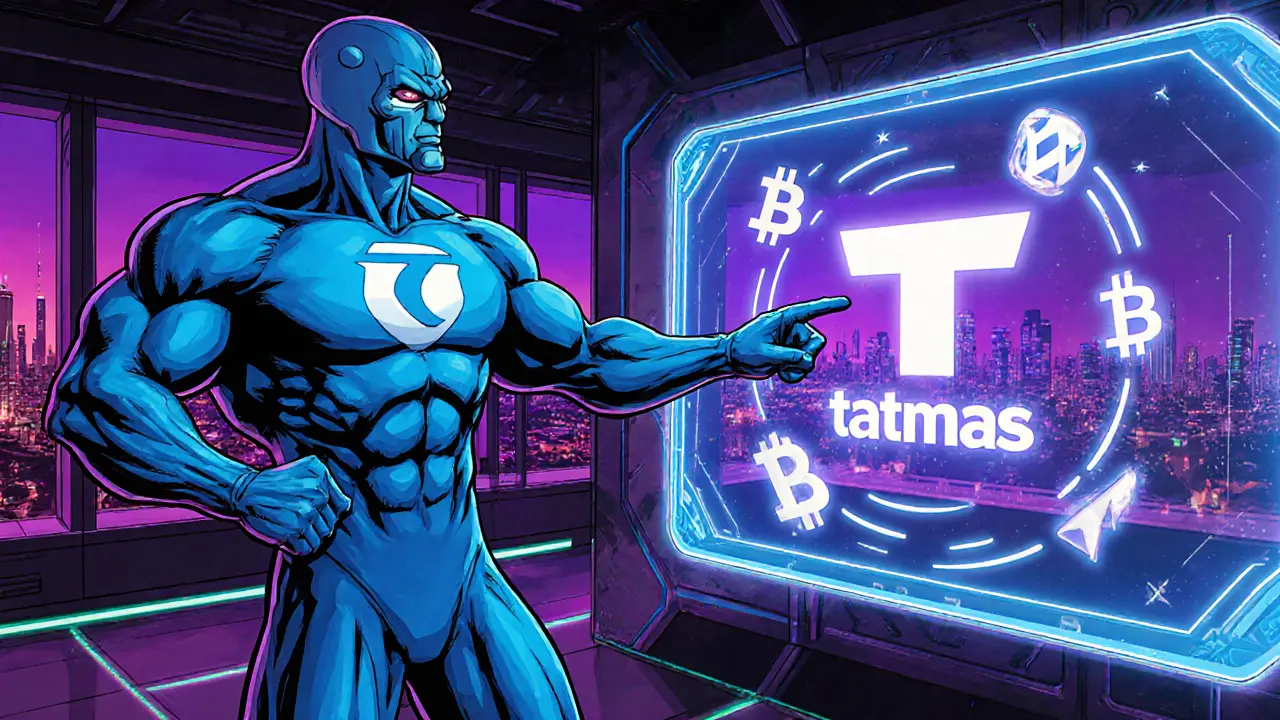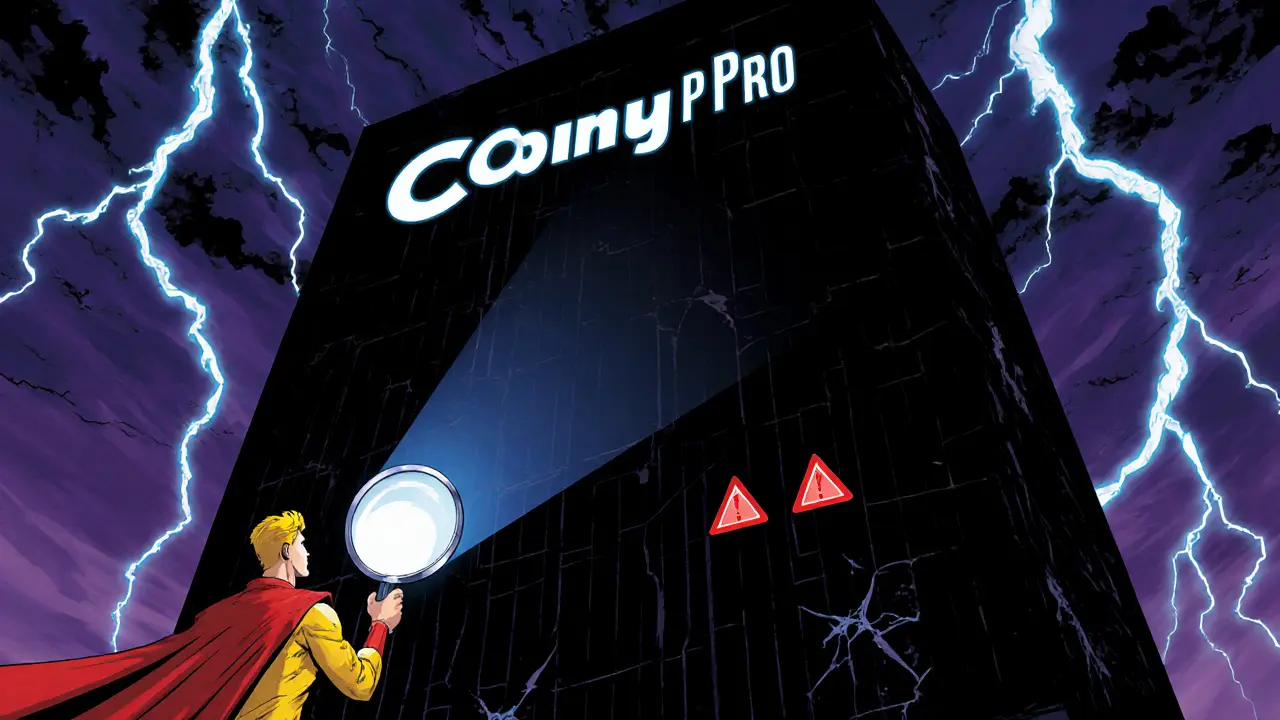When working with cryptocurrency exchange comparison, the practice of weighing multiple crypto platforms on price, features, and risk. Also known as exchange comparison, it helps traders pick the right market for their strategy. Exchange fee the cost structure each platform charges for trades, withdrawals and deposits trading fee is a core metric, while Exchange security the set of measures protecting user assets from hacks and fraud platform security determines how safe your money stays. Finally, Regulatory licensing the official approval a crypto exchange must obtain from local authorities exchange license signals legitimacy and compliance. Together these pieces form the backbone of any solid comparison.
The first semantic link is simple: cryptocurrency exchange comparison encompasses exchange fee analysis. Low‑fee platforms like Hydax or Cropper may look attractive, but you also need to factor hidden costs such as spread, network fees, or tier‑based discounts. The second link: exchange security influences user choice because a breach can wipe out balances overnight, as seen with several unregulated services in 2024. Third, regulatory licensing determines whether an exchange can legally operate in a given jurisdiction, shaping everything from tax reporting to dispute resolution. These three triples – fee, security, license – interact: tighter licensing often forces better security, which can justify higher fees. Understanding how they interplay lets you move from a superficial list to a data‑driven decision.
Most traders start by glancing at a price chart, but the hidden layers revealed in our collection of posts matter just as much. For example, the Hydax Exchange review breaks down fee schedules and notes that while the headline 0.1% taker fee is low, the platform’s unregulated status raises security red flags. The Indonesian Crypto Exchange Licensing guide explains how the DFA framework forces exchanges to hold a minimum capital buffer, which in turn improves user protection but may increase operational costs. Meanwhile, the Helix Markets review dives into decentralized security models, showing how staking and restaking (like EigenLayer) can offset risk without a traditional license. By connecting these dots, you get a clearer picture of what each exchange actually offers beyond the headline numbers.
Another practical angle is the impact of airdrops and token incentives on the comparison. The Knight War (KWS) token airdrop article highlights how a free token can sway a trader toward a specific platform, yet the long‑term value depends on the exchange’s liquidity and compliance. Similarly, the REVV x CoinMarketCap Learn‑Earn recap shows how educational rewards can bias user perception, but the underlying exchange’s fee and security profile remain decisive. These examples illustrate that promotional gimmicks are just one layer; the core entities of fee, security, and licensing still drive lasting outcomes.
In short, a thorough cryptocurrency exchange comparison is a multi‑dimensional exercise. It starts with quantifiable data like fee percentages, then adds qualitative factors such as security audits, and finally layers in jurisdictional licensing requirements. By keeping the three semantic triples in mind, you can skim through the individual reviews, airdrop guides, and regulatory overviews with a clear lens. The posts below walk you through each angle – from modular blockchain scalability that affects how exchanges process data, to specific country licensing rules in Indonesia, Thailand, and the UAE. Use this curated knowledge to shortlist platforms that match your risk tolerance, cost sensitivity, and legal comfort.
Ready to see the details? Below you’ll find a hand‑picked set of articles that break down fees, security audits, licensing hurdles, and real‑world user experiences – all the pieces you need for a confident cryptocurrency exchange comparison.

A detailed 2025 review of the now‑defunct Bitfront crypto exchange, covering its history, features, why it closed, and lessons for traders.

In-depth 2025 review of Zedcex Exchange covering fees, security, regulation, traffic stats, and how it compares to major crypto exchanges.

A detailed Tatmas crypto exchange review covering security, fees, supported assets, user experience, and a side‑by‑side comparison with top exchanges in 2025.

A thorough Coiny Pro review exposing missing fee info, security gaps, and regulatory doubts, while comparing it to top US crypto exchanges and offering safe alternatives.